It would surprise most people to know that my bologna-loving self is really good at making delicious salads. Even self-proclaimed salad haters have been wooed by my artfully arranged piles of leaves and stuff. As one might expect, I have many strategies, tips, and tricks for making special-tasting salads, and I would like to share them with you.
Season the leaves (with herbs and MSG)
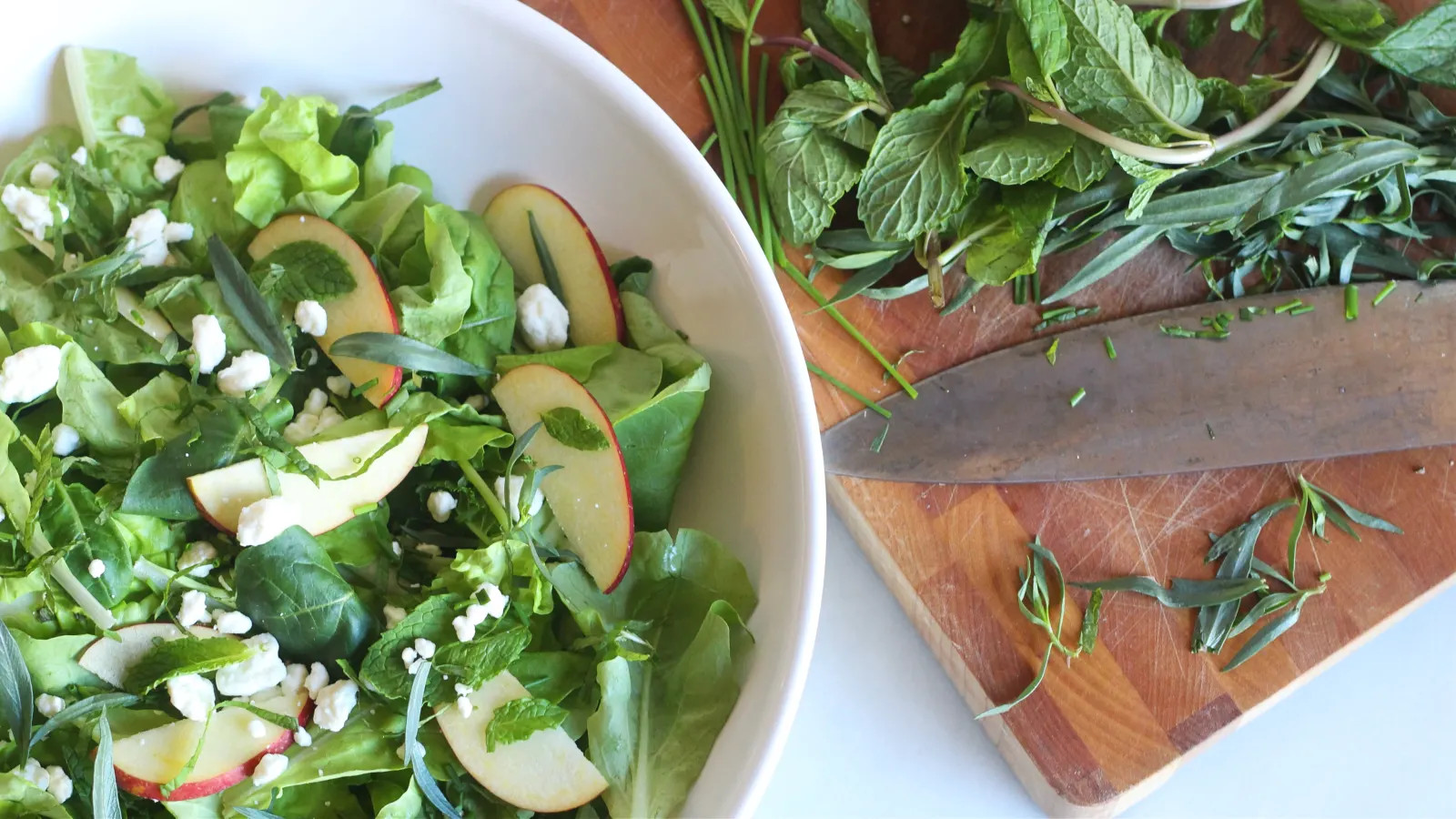
Relying on your dressing to provide all of the seasoning for your salad is a rookie salad-making mistake. Like any dish, your salad is greatly improved by showing each component a little love and attention. This means seasoning your leaves and other vegetables with salt and pepper at the bare minimum, but don’t be afraid to get a little monosodium glutamate or nutritional yeast involved — every single salad is better with a little extra umami. (Bonus benefit: you’ll need less dressing.)
[referenced id=”1046761″ url=”https://www.lifehacker.com.au/2021/02/add-msg-to-every-salad/” thumb=”https://www.gizmodo.com.au/wp-content/uploads/sites/4/2021/02/12/zvkubuiyyjpouujxcjwp-300×169.jpg” title=”Add MSG to Every Salad” excerpt=”Anyone serious about salads knows that one cannot rely on dressing alone to flavour your greens. No: The key to a good salad lies in treating each component with thoughtfulness and care, which requires seasoning your damn leaves. In my kitchen, this means seasoning them with MSG.”]
Once you’ve sprinkled on your flavour powders and crystals, consider flavoring your big leaves with smaller, more aggressively flavored leaves, also known as “herbs.” I like to match my herbs to my dominant non-leaf ingredient. Salads heavy on tomatoes get oregano and/or basil, grilled chicken gets tarragon or dill, and in-season fruit is paired with fresh mint. Chives are pretty universal, and particularly helpful if your salad features a lot of cheese, meat, or egg.
Look to a classic for guidance
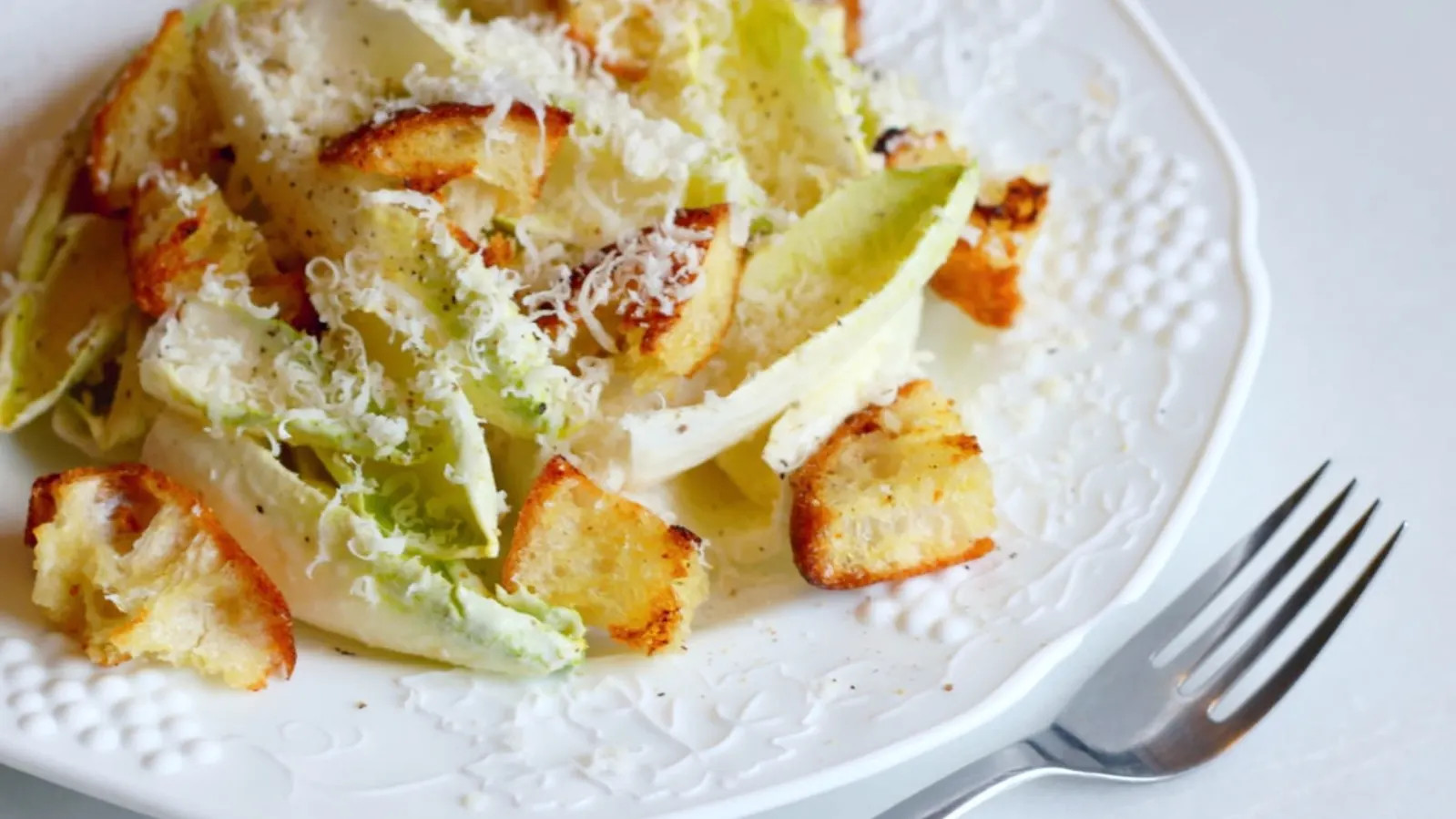
Mixing and matching various flavours and textures on top of a pile of leaves isn’t as challenging as say, pastry work, but it’s easy to end up with a salad that’s too dry, too cheesy, or — the absolute worst — bland.
Luckily, there are many classics you can look to and learn from. Examine their components, and think about what each one does. Which ones are providing richness? Which ones are providing texture? Which ingredients are keeping it fresh? Answer these questions, then start thinking about swaps and subs.
Use way less oil in your vinaigrettes
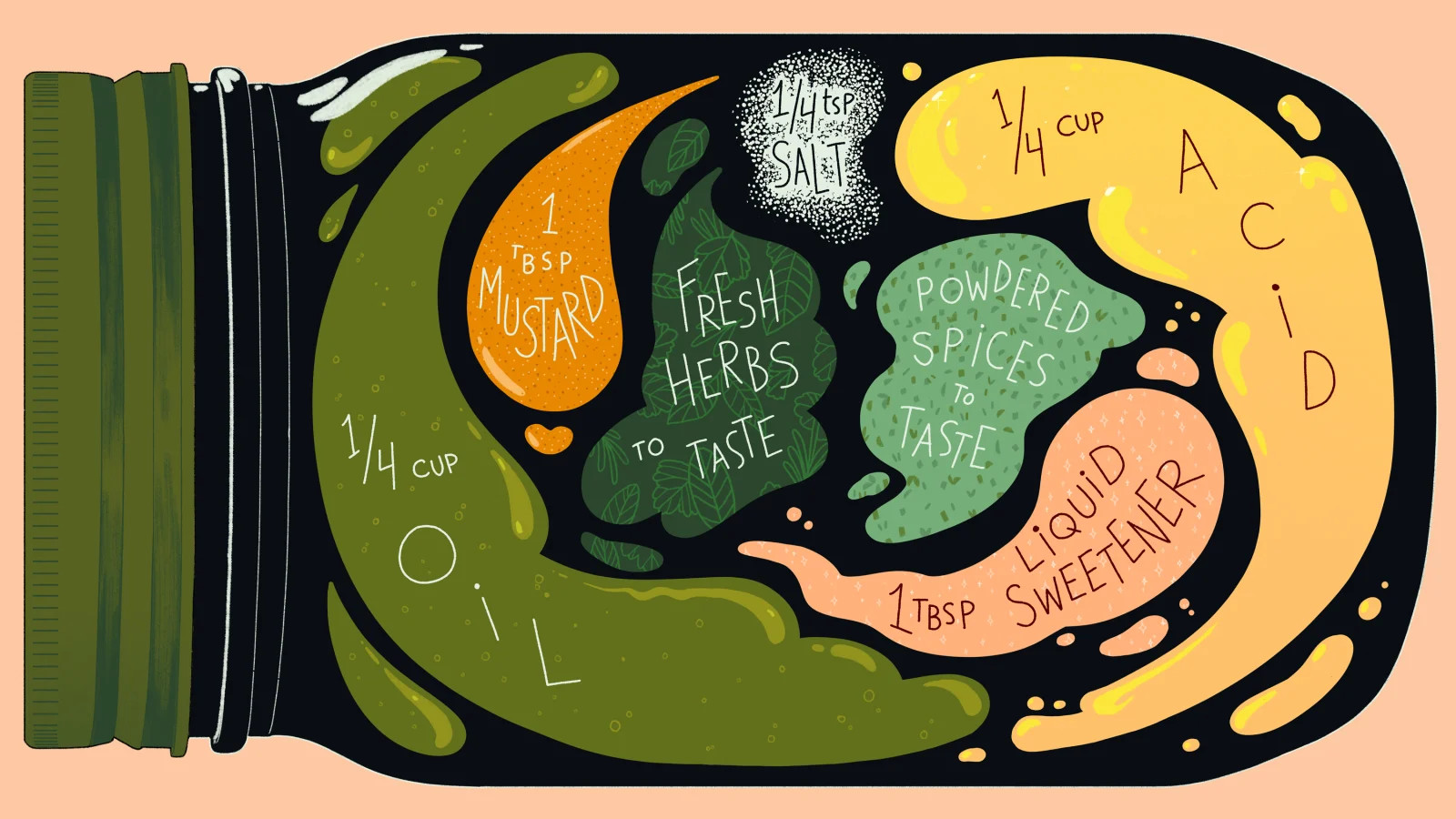
Homemade salad dressings can be a deeply personal thing, but I have found that the ratios in the above graphic churn out delicious vinaigrettes every time. You many notice the oil-to-acid ratio is a little higher than what you might be used to, but most dressings call for far too much oil.
As A.A. Newton has explained before, the “‘classic’ 1:3 ratio [of vinegar to oil] sucks because it throws the balance between acidity and salt that makes a good vinaigrette, well, good. Adding too much oil dilutes the flavour you worked so hard to build with carefully chosen vinegars, minced aromatics, mustard, sugar, and herbs…The perfect vinaigrette is intense enough that a few tablespoons is all you need to dress a huge bowl of greens — you’re not supposed to be able to happily slurp it down by the spoonful. The punchier and sharper, the better.”
Use a jar to make your dressings
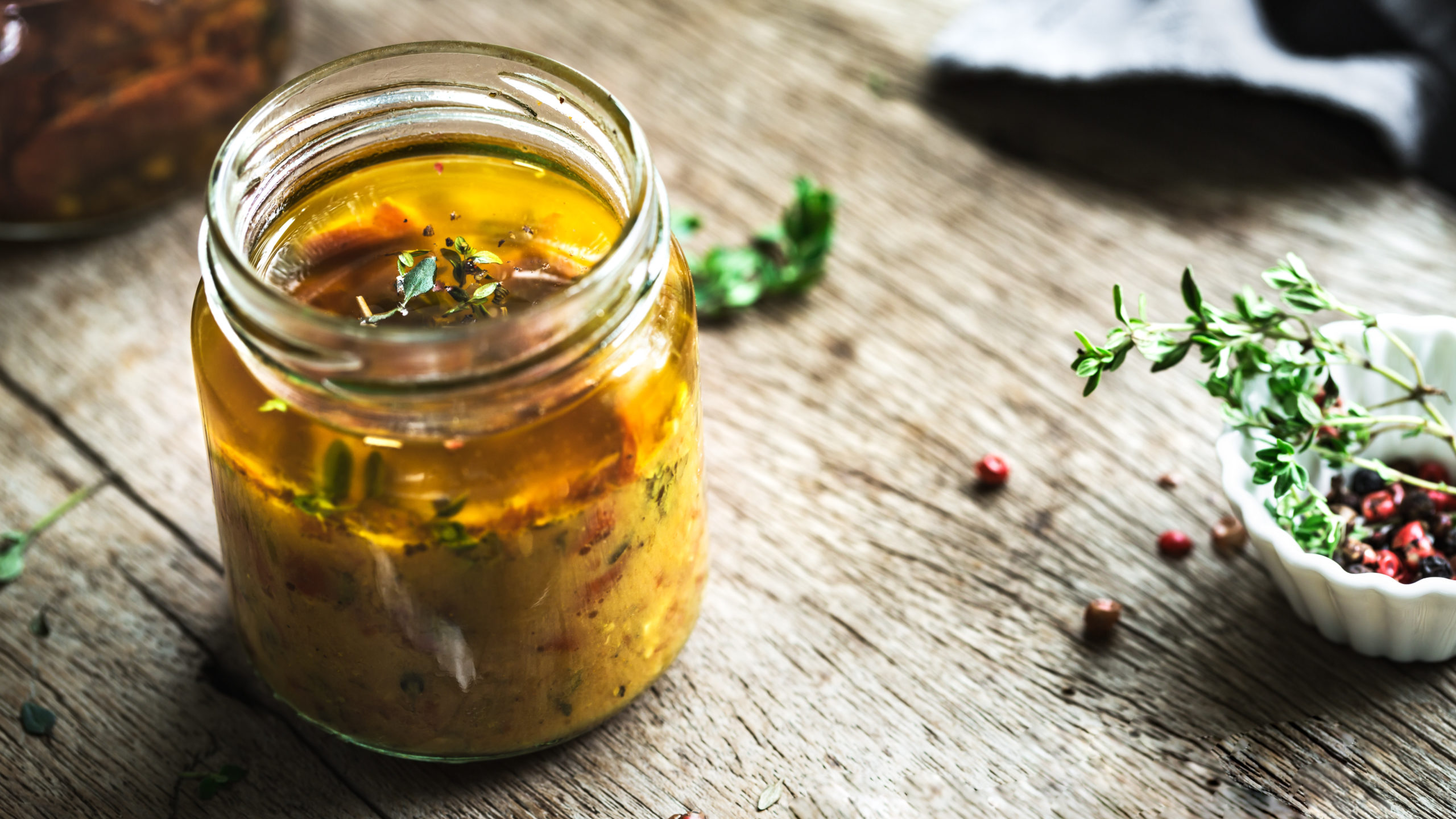
A mason jar — or any jar with a lid — is the only tool you need for perfectly emulsified dressings. Not only is a jar cheaper than those single-use, “emulsifying” salad dressing bottles, it is much more effective. Just pour your ingredients in the jar, close the jar, and shake the jar. You now have a beautifully homogenous vinaigrette.
[referenced id=”794296″ url=”https://www.lifehacker.com.au/2017/07/a-mason-jar-is-the-only-tool-you-need-for-perfectly-emulsified-dressings/” thumb=”https://www.gizmodo.com.au/wp-content/uploads/sites/4/2017/07/12/kmmqu7uit9xhbrc9kp7b-300×169.jpg” title=”A Mason Jar Is The Only Tool You Need For Perfectly Emulsified Dressings” excerpt=”I put a lot of unnecessary items on my wedding registry, including a set of violently green margarita classes, but the most unnecessary item was this weird salad dressing bottle, which had a little handle you could squeeze to stir and emulsify the dressing. I honestly don’t know how it…”]
Don’t forget the sugar
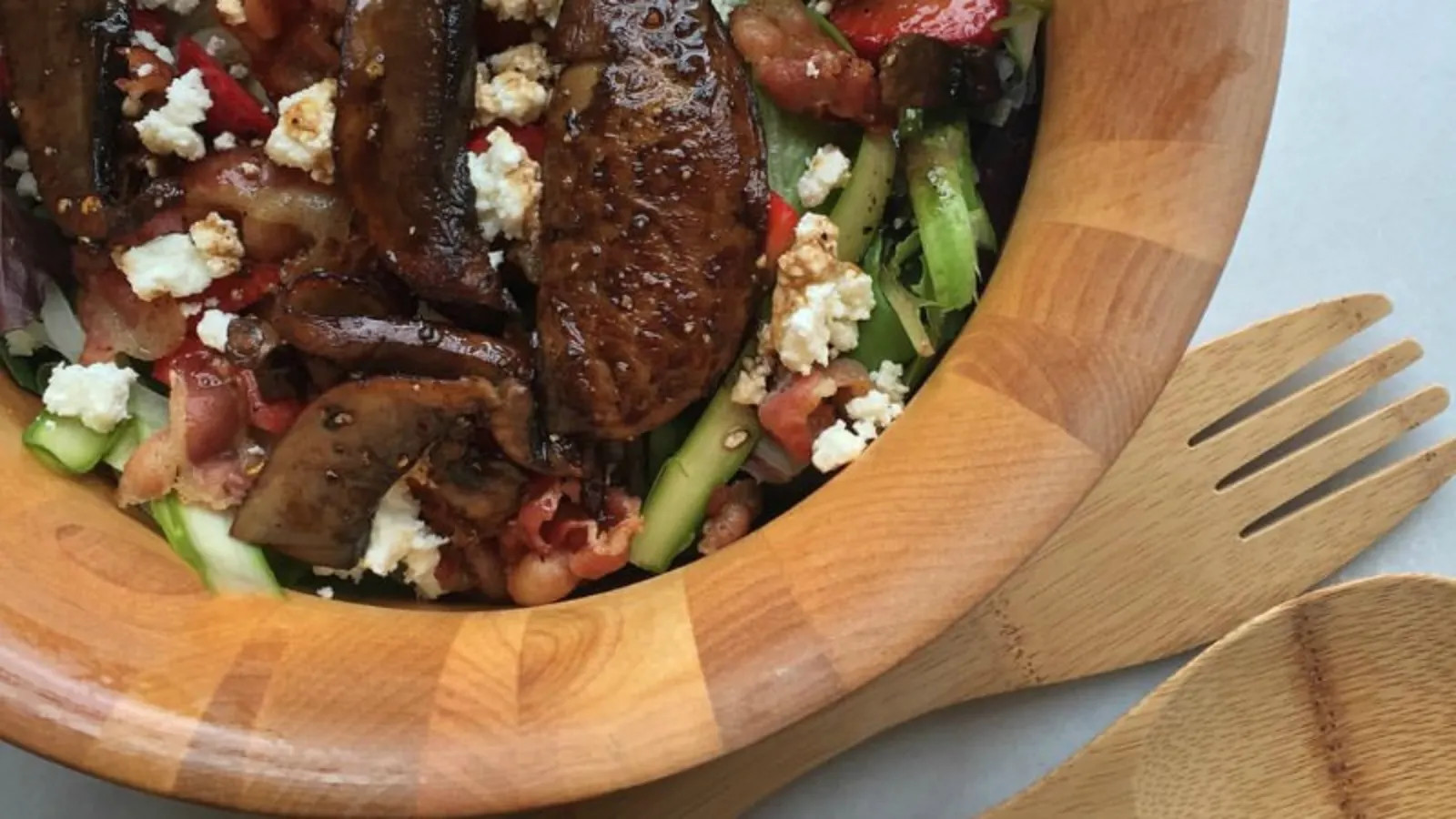
Making a good dressing is all about striking that perfect balance of flavours. Sugar obviously adds sweetness, but it also balances out the acidic bite from the vinegar and tempers saltiness, and just makes things taste better. A little bit is all it takes make your dressings feel more finished. I usually use plain simple syrup, because it goes into solution so easily, but maple, agave, honey, or any other liquid sweetener can be used for the same effect.
[referenced id=”875610″ url=”https://www.lifehacker.com.au/2019/02/sweeten-salad-dressings-with-simple-syrup/” thumb=”https://www.gizmodo.com.au/wp-content/uploads/sites/4/2019/02/27/brfkrlvezin32f9xo6ak.jpg” title=”Sweeten Salad Dressings With Simple Syrup” excerpt=”Every salad dressing needs some sugar. It adds sweetness, yes, but it also curbs bitterness and tames acidity, marrying your various ingredients to create one cohesive flavour profile. Maple, honey, and agave are all good additions, but they bring their own flavours, in addition to pure sweetness.”]
And add a little vanilla
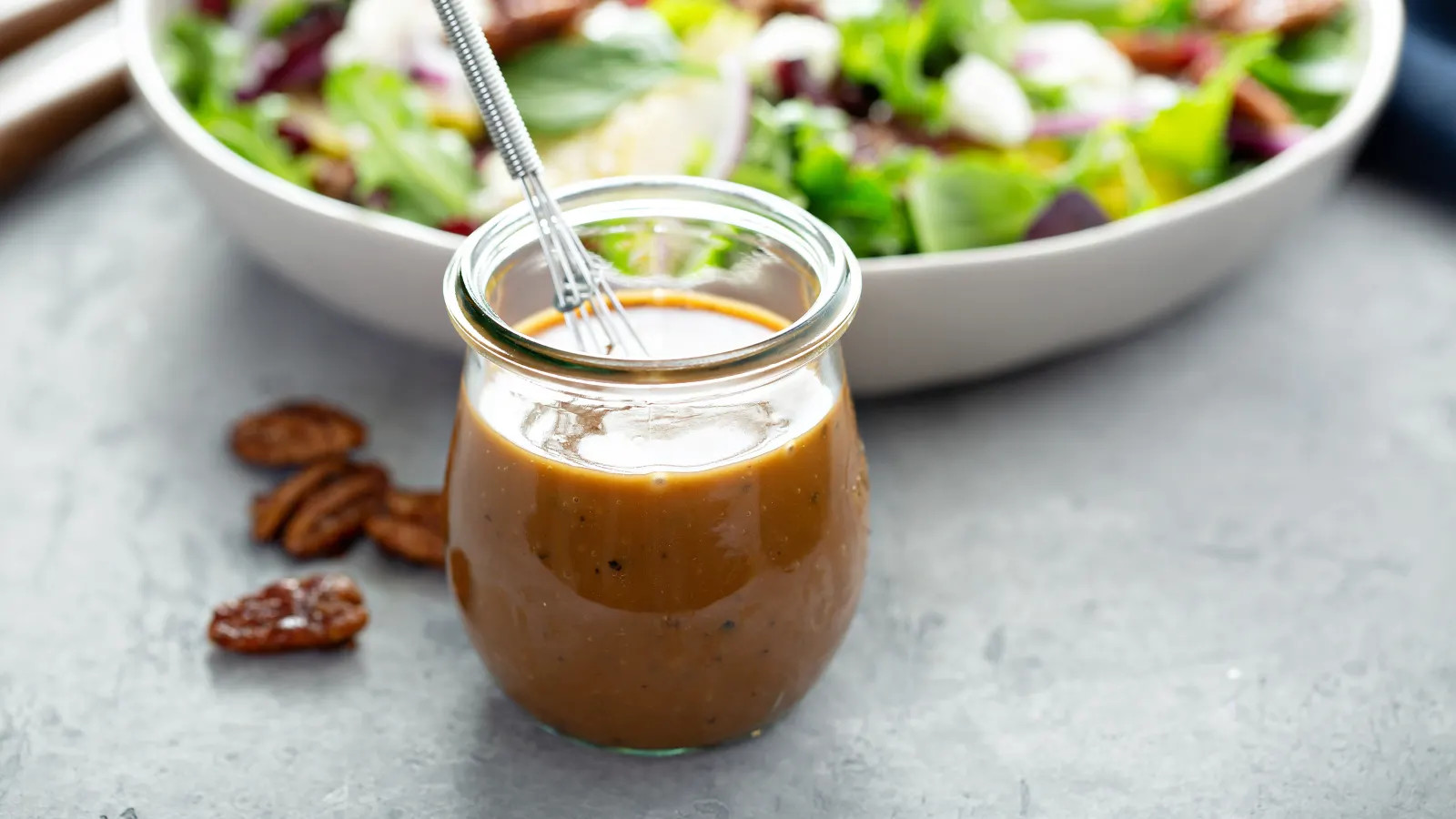
Like sugar, vanilla is a flavour pretty firmly associated with dessert, but it’s really the flavour of indulgence. Just a touch of vanilla extract can soften acidity, accentuate sweetness, and just make your dressing feel more decadent. Vanilla-tinged dressings work best with salads that feature ingredients with naturally occurring sweetness — think fruit or roasted vegetables — super salty ingredients, or a really aggressive cheese.
[referenced id=”1038921″ url=”https://www.lifehacker.com.au/2020/12/it-sounds-weird-but-add-a-little-vanilla-to-your-vinaigrette/” thumb=”https://www.gizmodo.com.au/wp-content/uploads/sites/4/2020/12/04/oe000enj2f7mjqjpczxo-300×169.jpg” title=”It Sounds Weird, but Add a Little Vanilla to Your Vinaigrette” excerpt=”As a pale, skin-cancer prone communist with a penchant for arguing about labour issues in bars, there is not a whole lot I miss about living in Florida. I do not miss the beaches. I do not miss the sun. I do not miss the bugs. I do, however, miss…”]
Use scissors instead of knives
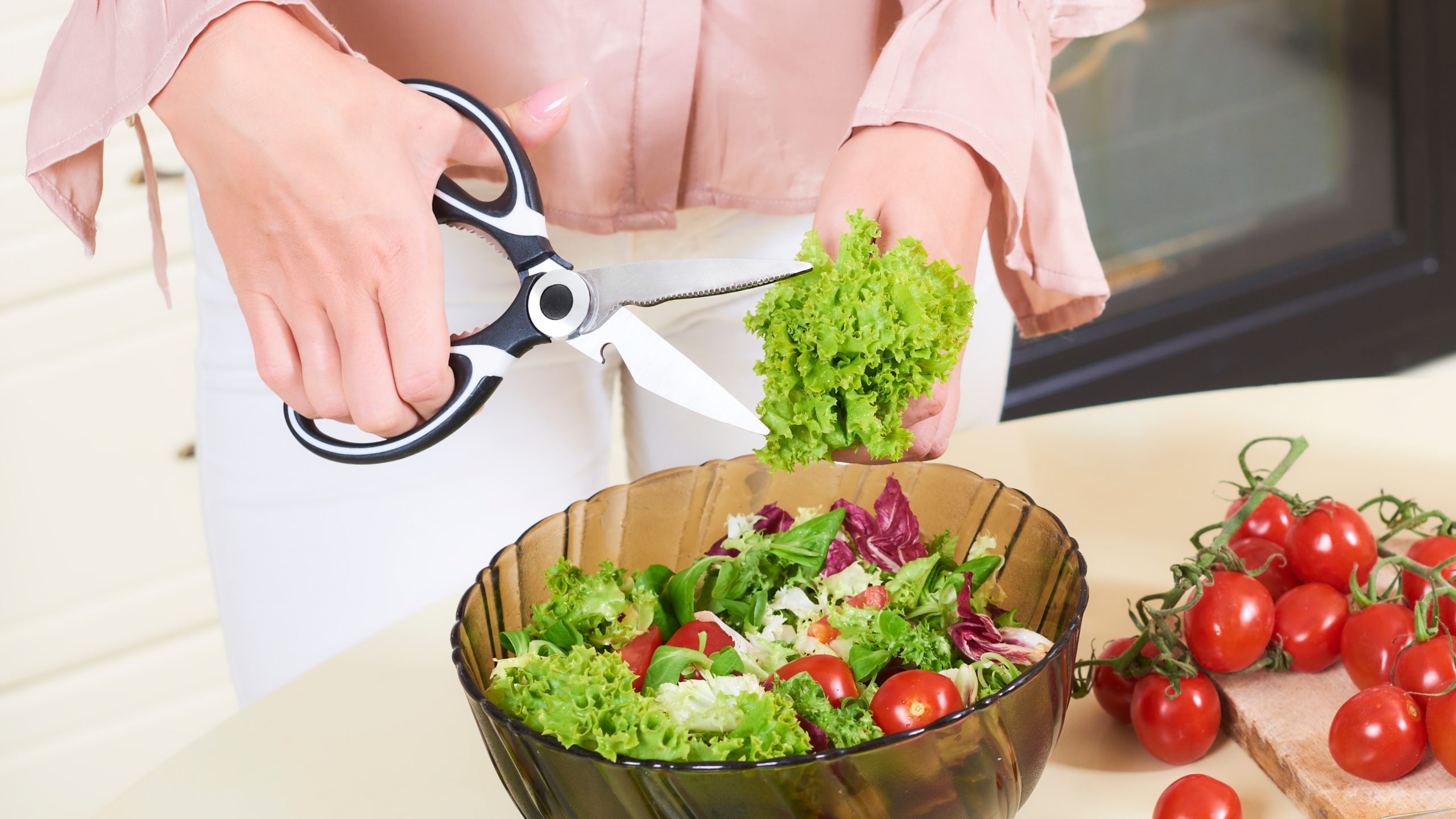
Bringing a big fork of salad to one’s mouth, only to be hit in the face with a large wet and floppy leaf is an experience most salad-eaters have experienced multiple times. Salads should be a fork-only operation, and every component should be sliced or chopped so it fits easily inside one’s mouth. This can make prep work tedious, but only if you try to do everything with a knife. A good pair of kitchen scissors makes things so much easier.
[referenced id=”882686″ url=”https://www.lifehacker.com.au/2019/04/make-salad-prep-easier-with-kitchen-shears/” thumb=”https://www.gizmodo.com.au/wp-content/uploads/sites/4/2019/04/30/mkc2gffbtziex5ns5zoq.jpg” title=”Make Salad Prep Easier With Kitchen Shears” excerpt=”Salads, in my opinion, should be a fork-only operation. Once the salad is prepared — preferably in a large mixing bowl — one should be able to stab and shovel the greens and various toppings into one’s mouth, without use of a knife. Actually, I barely use a knife during the salad-making…”]
I actually can’t remember the last time I used single blade to make a salad. I just throw everything — lettuce, olives, cherry tomatoes, whole scallions, and any proteins — in a bowl, then stick the scissors in (perpendicular to the bowl), and chop, chop, chop until it all fits easily on the fork. You can even add dressing and use the blades of the scissors to gently toss all of the ingredients together.
Rethink the crouton
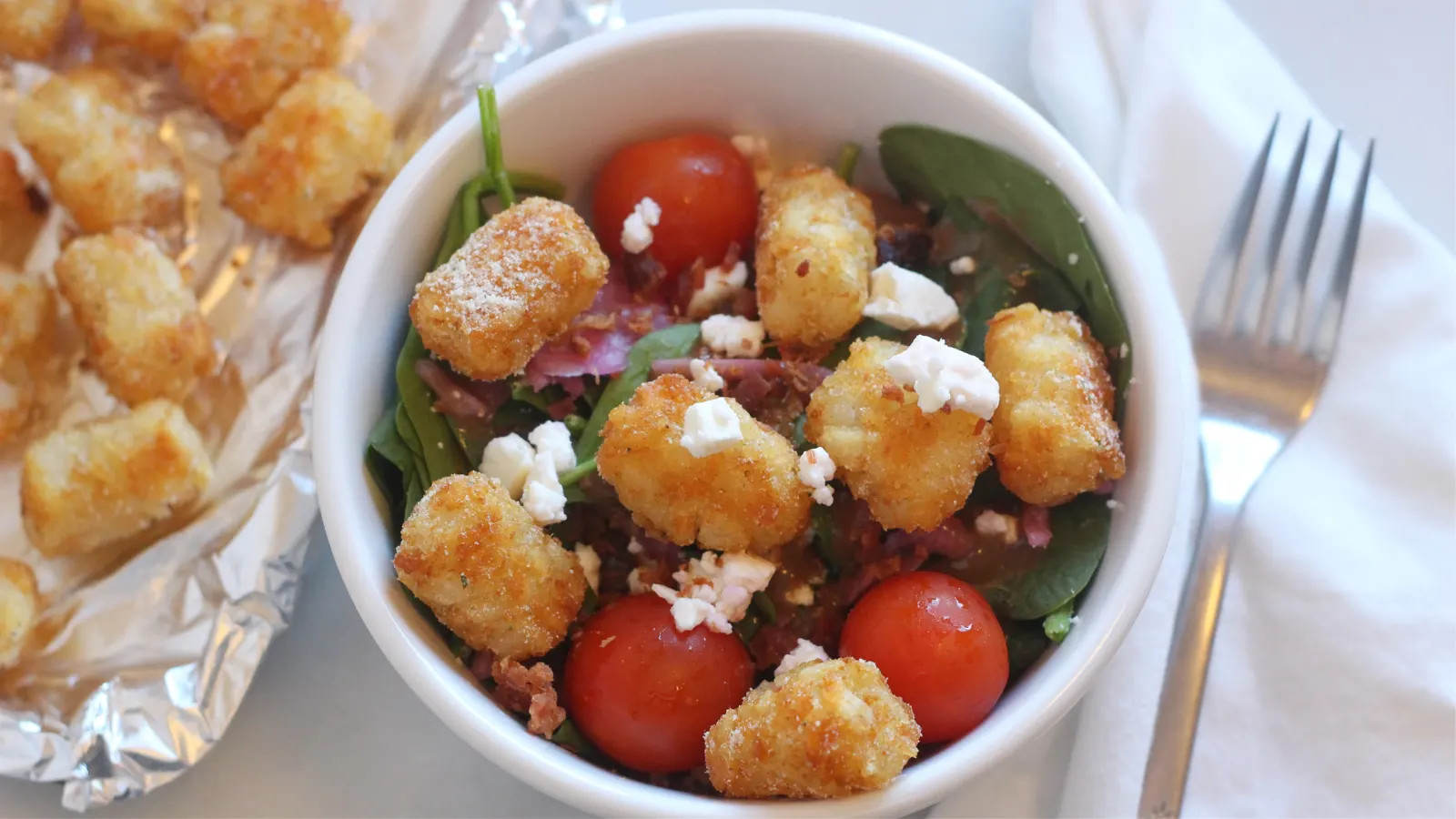
Most people think of croutons as one thing — cubes of stale and toasted bread that hurt your mouth a little. I love them, and I would never suggest you abandon traditional croutons entirely, but I would like to encourage you to mix it up.
You can, for example, make your croutons with soft and squishy hamburger buns, which soak up fat like little sponges and brown super easily thanks to their high sugar content. You could also abandon bread and embrace potatoes. Tater tots are the perfect shape and size for a salad, but I have been known to top my salads with potato chips and french fries (though not usually at the same time).
Don’t lean so heavily on the olive oil
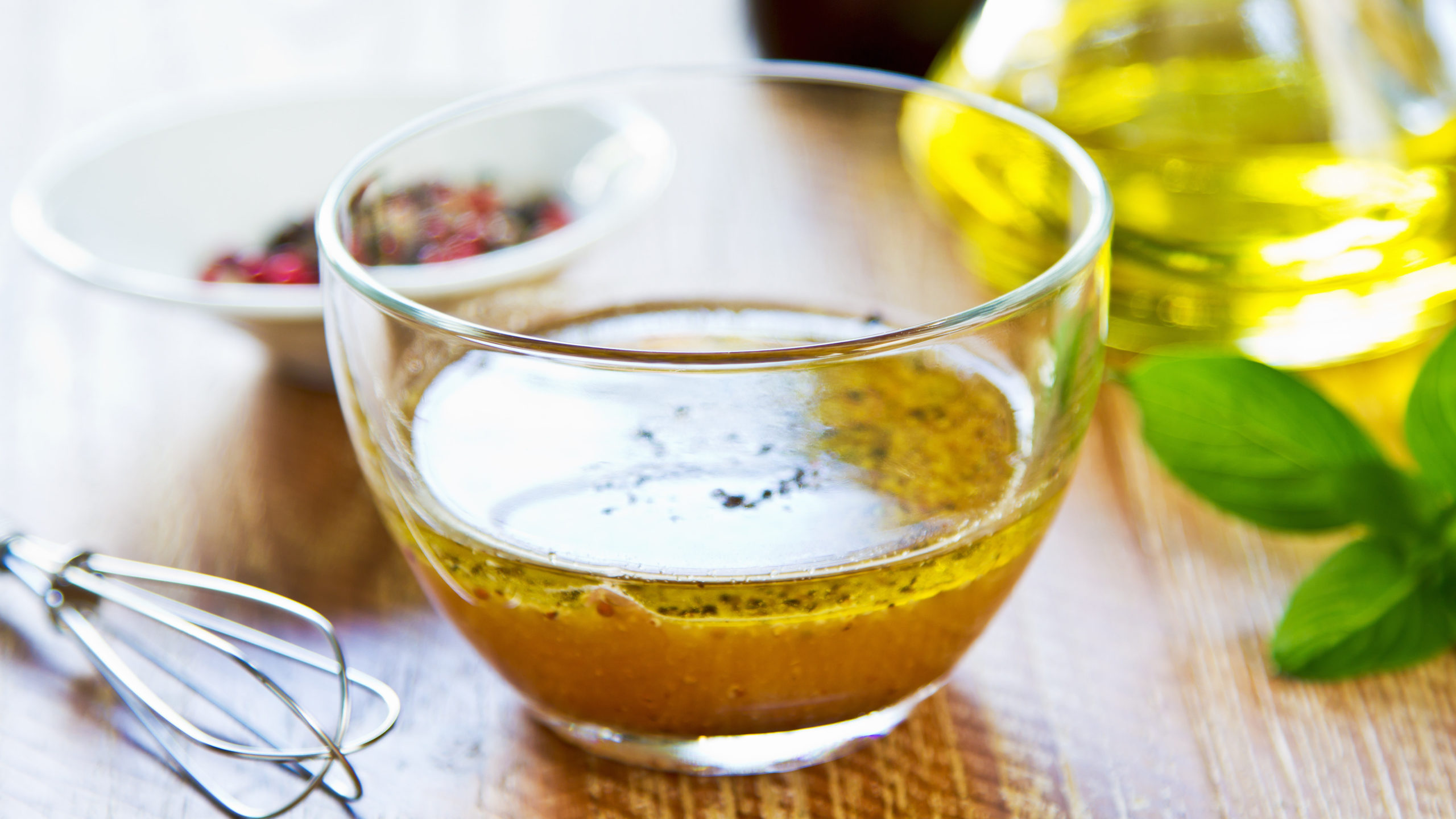
Good olive oil has a very distinct flavour, but sometimes that flavour is not what you’re going for with a vinaigrette. If you’re highlighting something other than your expensive EVOO, like a punchy vinegar or some herbs from your garden, consider using a more neutral oil so you don’t obscure your star flavours.
[referenced id=”883326″ url=”https://www.lifehacker.com.au/2019/05/why-olive-oil-isnt-always-the-best-oil-for-vinaigrette/” thumb=”https://www.gizmodo.com.au/wp-content/uploads/sites/4/2019/05/07/pe3sti6nvenmvx6xrm3h.jpg” title=”Why Olive Oil Isn’t Always The Best Oil For Vinaigrette” excerpt=”If you make a habit of reading the labels on bottles of a store-bought salad dressing — including the fancy ones — you are unlikely to find olive oil on most ingredient lists. This is partly a matter of cost, but it’s also a matter of taste.”]
Add some meat grease
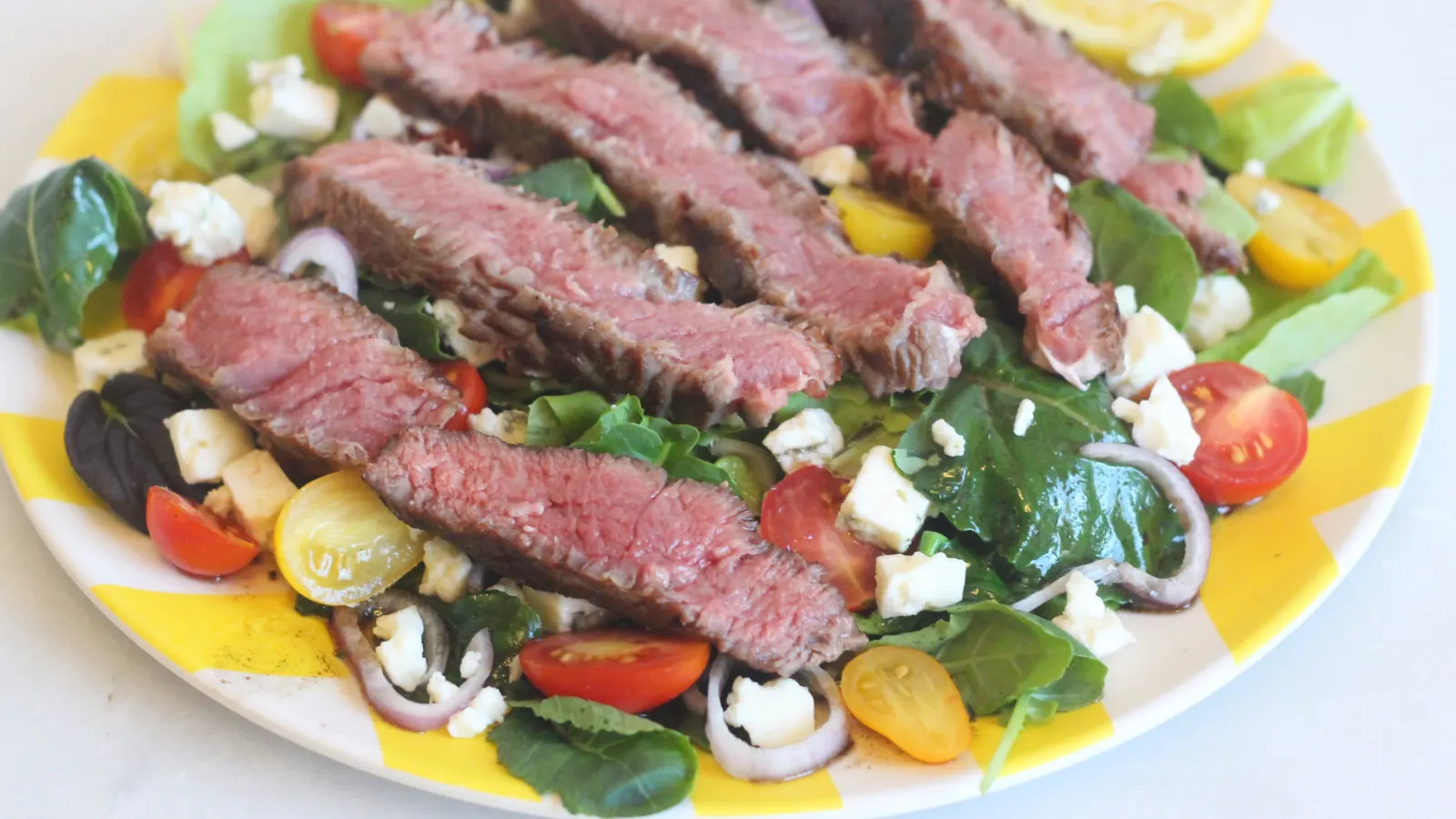
On the other end of the spectrum, we have animal fats, which steal the show completely. If I’m going to go through the trouble of searing a steak for a salad, I don’t want to waste those pan juices. They’re so flavorful, they rarely need anything besides a little lemon for contrast. Just pour the hot grease directly on your greens, squeeze on your acidic citrus, and pile on the rest of your salad ingredients.
[referenced id=”748148″ url=”https://www.lifehacker.com.au/2016/10/why-you-should-intentionally-wilt-lettuce-with-a-bacon-vinaigrette/” thumb=”https://www.gizmodo.com.au/wp-content/uploads/sites/4/2016/09/13/oammrazhrhrywojki8f9-300×169.jpg” title=”Why You Should Intentionally Wilt Lettuce With A Bacon Vinaigrette” excerpt=”Wilted lettuce is usually thought of as the enemy of delicious salads, but intentionally wilting it (or “killing it”, as it is sometimes called) with bacon grease is a thing of beauty.”]
Bacon fat can do similarly wonderful things. The hot grease wilts and seasons your greens creating a perfect foundation for lots of contrasting fresh and crunchy vegetables, super sour vinaigrettes, and hot sauce. (Hot bacon grease is also very good on fresh tomatoes). If you don’t have any hot and fresh bacon grease, you can use the saved stuff to whip up a meaty vinaigrette.
Eat it out of a mixing bowl
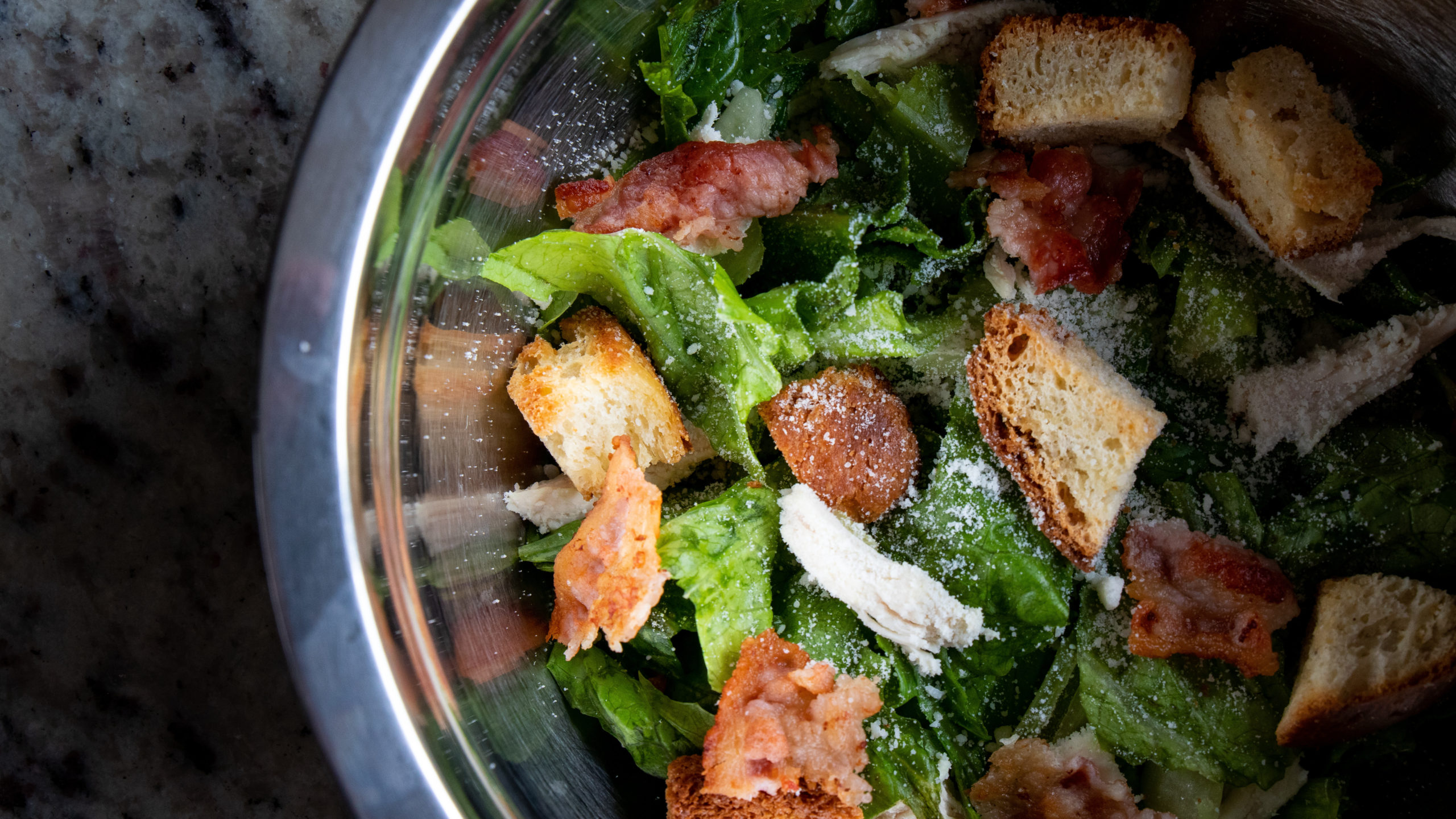
Eating a big salad off of a plate is a fool’s errand, as is eating one from a soup or salad bowl. The correct vessel for such a salad is a large mixing bowl, especially if you are making a meal out of it.
[referenced id=”836734″ url=”https://www.lifehacker.com.au/2018/05/you-should-eat-your-salad-from-a-large-mixing-bowl/” thumb=”https://www.gizmodo.com.au/wp-content/uploads/sites/4/2018/05/17/maewwrymhvprtqjsbzq9-300×169.jpg” title=”You Should Eat Your Salad From A Large Mixing Bowl” excerpt=”My diet may veer more towards “raccoon” than “rabbit,” but I am actually an enthusiastic salad consumer. It’s not because I’m a large fan of eating things that are good for me, nay; it’s because a good salad is a perfect combination of tastes and textures. And to best take…”]
Unlike plates, mixing bowls are deep with high, sloped walls, which keep the slippery, vinaigrette-coated bits in the bowl. A plate doesn’t have any walls, meaning vegetables and such can just go flying about, unchecked. You can also prepare the salad in the bowl and then eat it from that same bowl, cutting down on the number of dishes you have to wash, which is always a plus.
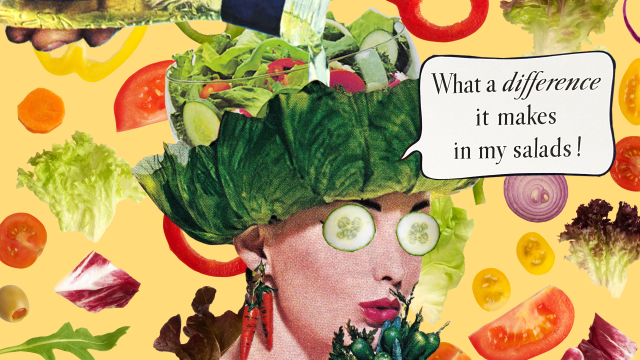
Leave a Reply
You must be logged in to post a comment.